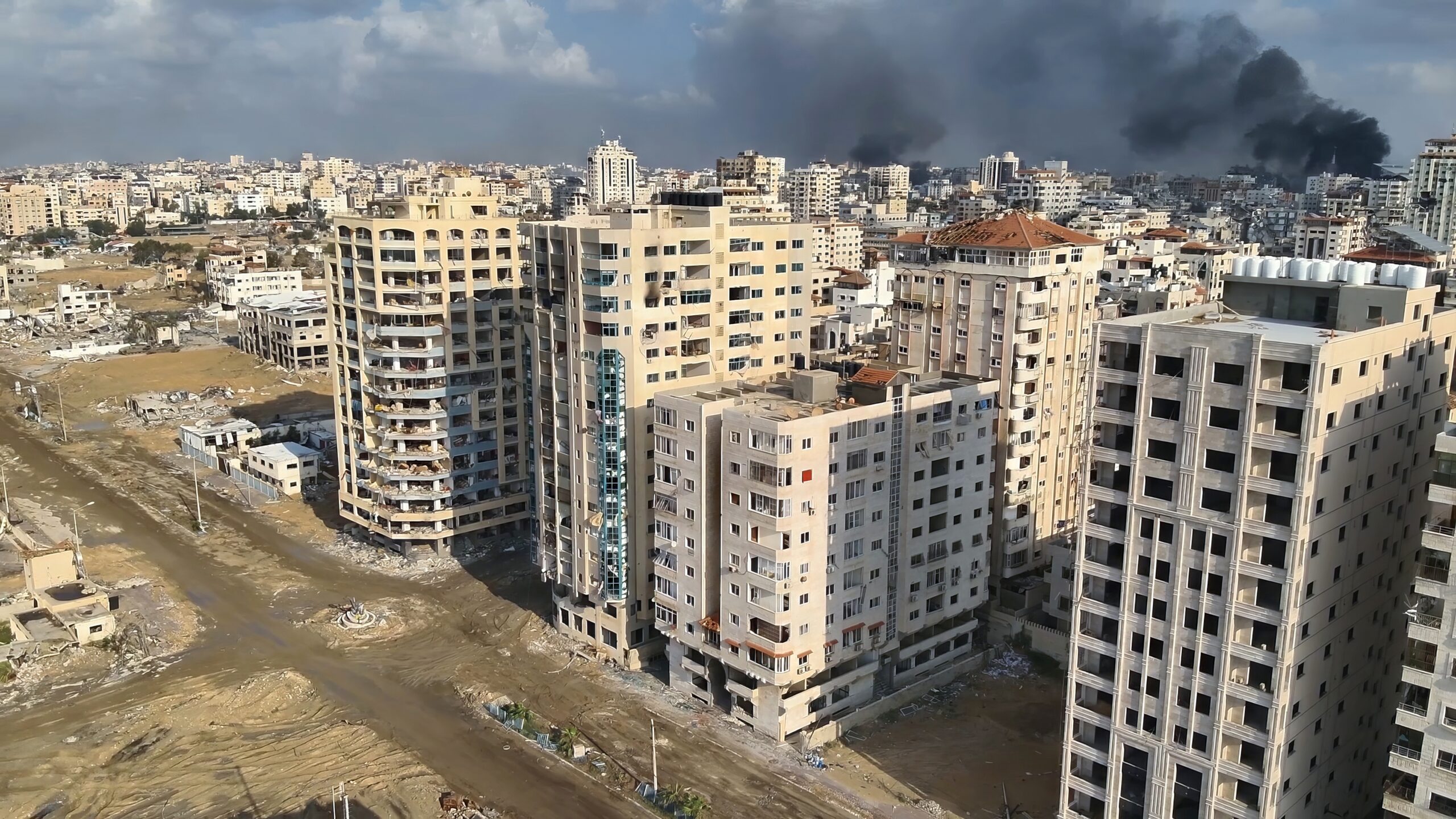BRASILIA (Reuters) – Environmental enforcement agents deep in the Amazon rainforest swooped down on an illegal mine in a dawn raid in early November, in a campaign to tamp down on such activities that environmental groups say have reached epidemic scale.
A specialised agent patrols an illegal cassiterite mine during an operation conducted by agents of the Brazilian Institute for the Environment and Renewable Natural Resources, or Ibama, in national parks near Novo Progresso, southeast of Para state, Brazil, November 4, 2018. REUTERS/Ricardo Moraes
The operation was carried out against a handful of what are now known to be hundreds of illegal Amazon mines in Brazil that have been cataloged for the first time in a study released on Monday.
The project, coordinated by Brazilian advocacy group Instituto Socioambiental, maps all illegal mines in the Amazon rainforest that sprawls across Brazil, Venezuela, Colombia, Peru, Ecuador and Bolivia.
As government helicopters descended along a river that had become stagnant pools ravaged by miners digging for gold, many of the miners fled deep into the rainforest.
Shortly after, half a dozen were apprehended for questioning by camouflaged agents bearing machine guns.
The real target is not the muddy and often barefoot miners, who work in slave-like conditions for unknown local strongmen, according to agents of Brazil’s environmental agency Ibama.
Ibama said its primary target is the excavators and other heavy machinery that is expensive and harder to replace.
Unable to haul away the machines, the agents set fire to them, sending black plumes of smoke hundreds of feet into the air.
The raids last month targeted several illegal mines in two national parks in Brazil’s Amazon. While the battle was won, this week’s study indicates the war is far from over.
Brazil is home to 453 illegal Amazon mines, according to a mapping project as part of the Amazon Socio-environmental, Geo-referenced Information Project, a joint initiative between Instituto Socioambiental and other environmental groups. The first-ever attempt to map all of the region’s illegal mines has recorded 2,500 such operations across six Amazon countries, said coordinator Alicia Rolla.
One aim of the project is to call attention to the “epidemic” scale of the illegal mining problem, which pollutes local communities’ water with mercury and contributes to deforestation, Rolla said.
She said she hopes environmental agencies will use it as a tool to help police the mines. Ibama needs more resources if it is to break up the hundreds of mines, she added.
“The studies show that illegal mining is increasing a lot,” Rolla said. “I think the government needs to be more worried about giving Ibama more resources to do their job.”
For photo essay, please click on: reut.rs/2ry0yS0
Reporting by Ricardo Moraes and Jake Spring; editing by Diane Craft






Leave a Reply